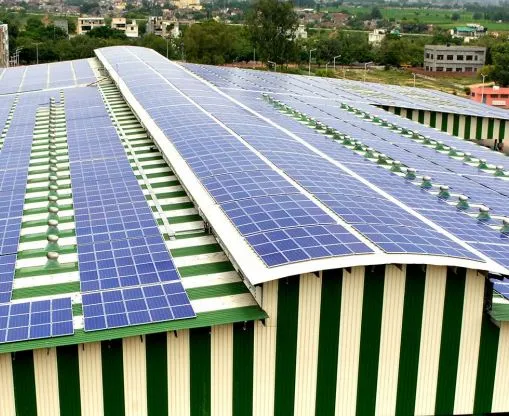
Southeast Asia's solar industry is not reaching its full potential
Last year it only built 1.7GW of solar power.
When solar industry observers look back at 2016, many would consider it a fantastic time marked by robust global growth with Asia Pacific leading the way, but for those rooting for Southeast Asia, it was a letdown.
The region is not reaching its full potential, looking great only on paper and wasting its excellent fundamentals due to inadequate regulatory framework and policy support, according to Stefan Robertsson, principal at The Lantau Group,
Last year China led the world with 34.5GW of annual installed capacity which brought to 78.1GW its total installed capacity. The US also pressed on the pedal, adding 14.7GW of installed capacity in 2016, bringing its total to 40.3GW.
In contrast, Southeast Asia, a region hailed with relatively favorable economics and attracted interest from investors and developers, only built 1.7GW of solar power.
“Support for solar and renewables are often weak, designed poorly, or keep changing” in Southeast Asia, said Robertsson in a webinar presentation that tried to explain why development of solar power markets in the region has not yet matched the acceleration seen in other parts of the world. “It is not just about the feed-in tariffs,” he added. “General industry regulation, and a lack of deregulation, often frustrates progress.”
Low retail tariffs, Robertsson argued, already make it difficult to get solar capacity built. But another aspect that compounds the problem is the low cost of power that is charged by the various utilities around the region, which have eroded their financial position to a point where they can do little to support solar projects.
“The weak financial profile of these utilities have made it harder to finance projects,” he said, citing the state-owned Vietnam Elecirity (EVN). “In markets like Indonesia it is no longer an issue - but it’s one of the key roadblocks for Vietnam where EVN at this time is viewed as not being able to back up a power purchase agreement (PPA), even if the PPA itself will be financed.”
The uneven state of development within the region is evident in the lopsided distribution of additional installed capacity in 2016: Of the 1.7GW built in Southeast Asia, the bulk went to Thailand (940MW) and Philippines (613MW), with sprinkles in Indonesia (79MW), Singapore (51MW) and Malaysia (35MW).
Notably, solar also accounts for a mere 1.5% of Southeast Asia's total generation capacity in 2016, and is dwarfed by hydro (22.1%), coal (31.5%) and natural gas (36.9%). Other renewables count for just 3.3% of the energy mix.
Robertsson laid the blame for this slow growth in solar to the lack of effective policies and regulations for solar across Southeast Asia. Indonesia does not have a structured solar program, the Philippines has seen developers without quotas sitting on so-called “stranded” development projects, and even regional solar leader Thailand is going through a change in regulations that slowed progress. He said the exception is Malaysia, where the FiT program has been phased out, replaced by bidding and net metering.
“Deregulation and electricity market reform can be the most effective form of support for renewable energy,” said Robertsson. “In a deregulated electricity pool market, the price for electricity is higher when demand is higher. In Southeast Asia, demand is high in the middle of the day when solar generation is high.”
He also suggested unbundling the traditional utility structure to reduce conflict of interest, which in turn will lower investment risks associated with grid access, dispatch and curtailment.
While it will take time for Southeast Asia to come around such reforms, the long-term outlook for Southeast Asia's solar potential remains bright.
“Fundamentals will prevail, and commercial drivers will dominate,” said Robertsson. “Death and taxes are not the only things that are certain in the future. More solar power in Southeast Asia is inevitable.”



















 Advertise
Advertise







